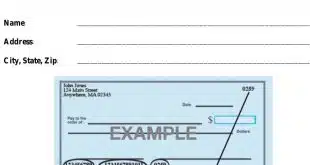With efforts by merchants to force down interchange rates picking up steam, the rapidly expanding prepaid card market will confront two very different outcomes should those efforts ultimately succeed, according to an expert on interchange. Cards issued by merchants would likely benefit, but those issued by banks would be hurt, says David S. Evans, founder of Market Platform Dynamics, a Cambridge, Mass.-based consulting firm. “Should merchants win the interchange wars and force interchange down, it will lead to a significant revenue boost to merchants,” Evans said in a presentation delivered last week at a Las Vegas trade show focused on prepaid cards. “This is a substantial amount of money they would otherwise have to pay.” That boost, Evans said, will benefit merchant-controlled prepaid cards, often called closed-loop cards because they are accepted only at locations operated by the issuer. Meanwhile, closed-loop cards, which are issued by banks with a major network brand, will suffer. Success for the merchants' campaign against interchange “would seriously disrupt the business model” for these cards, Evans said, since the issuers depend on interchange income streams. Evans estimates current interchange for signature-based debit, the rate at which open-loop prepaid transactions are commonly priced, at roughly 1.4% of the transaction amount. “This is a significant margin for banks, and they would have to do something, probably increase fees,” Evans said. Merchant groups have been lobbying Congress to investigate card interchange, the set of rates established by Visa USA and MasterCard Worldwide that determine the portion of the transaction amount that should be paid to the issuers in their networks. Acquirers pay interchange to issuers, then pass on that cost to their client merchants as part of the discount rate merchants pay. Merchants also have filed about 50 lawsuits since 2005 against the bank card networks and a handful of major banks, alleging that interchange violates anti-trust laws. These cases are being consolidated in a federal court. Evans said interchange rates have increased on average 29% since 1995. Overall, for credit and debit, he pegged the average rate currently at 1.75%. With this rate increase, combined with the increasing share of retail transactions occurring on cards, the dollar cost of interchange to merchants has tripled over the past decade, Evans estimated. Evans said merchants have “an uphill battle” ahead of them in court, since a 20-year-old U.S. Appeals Court decision declared interchange is lawful. Nonetheless, with merchants better organized now than in 1986 and campaigning on multiple fronts, he estimated the risk that interchange will be forced down in the “next few years,” either through a court decision or a settlement, is “significant.”
Check Also
After Some Fixes, PayPal Says It Has Surpassed $30 Billion in Loan Originations
Trumpeting its financing services for small and mid-size businesses, payments giant PayPal Holdings Inc. disclosed …




